Solar Inverter Remote Control: An Overview
The realm of renewable energy has been significantly enhanced by the integration of remote management tools, among which the solar inverter remote stands as a pivotal component. This device serves as a critical interface for the monitoring and control of solar inverters, which are essential for converting the variable direct current (DC) output of a photovoltaic (PV) solar panel into a utility frequency alternating current (AC) that can be fed into a commercial electrical grid or used by a local, off-grid electrical network.
Types and Compatibility
Solar inverter remotes come in various forms, catering to different types of inverters such as pure sine wave, three-phase, and single-phase inverters. Compatibility is key when selecting a remote control for solar inverter, ensuring seamless communication between the device and the inverter system. Whether for a residential solar system or a larger solar home system, the remote must align with the specific requirements of the application.
Functional Capabilities
The functionality of a solar inverter remote control extends beyond mere on and off operations. These devices enable users to monitor inverter performance, manage power settings, and troubleshoot potential issues. Advanced remotes offer real-time data tracking, which is crucial for maintaining the efficiency and longevity of a solar power system.
Material and Design Considerations
Durability and ergonomic design are at the forefront of solar inverter remote manufacturing. Materials used must withstand various environmental conditions, especially for systems that are exposed to the elements. The design should facilitate ease of use, allowing for quick adjustments and clear display readings.
Advantages of Remote Monitoring
Incorporating a remote for solar inverter into a solar setup offers numerous advantages. It provides the convenience of adjusting settings without the need to physically interact with the inverter. This is particularly beneficial for installations that are difficult to access. Moreover, the ability to monitor system performance remotely can lead to prompt detection of inefficiencies or malfunctions, potentially saving on maintenance costs and downtime.
Environmental Impact and Efficiency
The use of a remote solar inverter aligns with the eco-friendly ethos of solar energy by promoting efficient energy use and reducing the need for manual checks, which can be resource-intensive. By optimizing the performance of solar inverters, these remotes contribute to a more sustainable and effective energy solution.
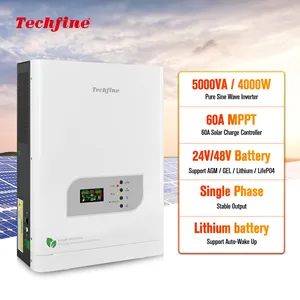




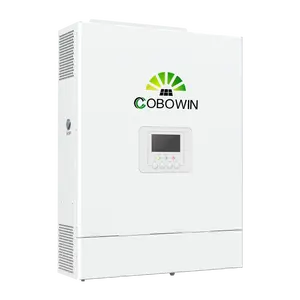



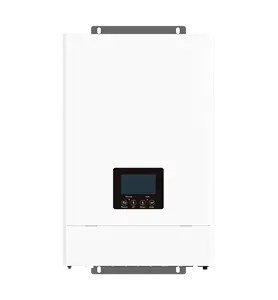
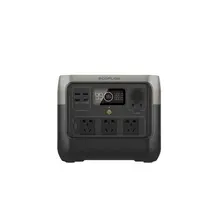
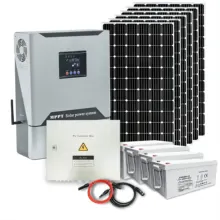
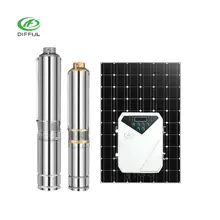





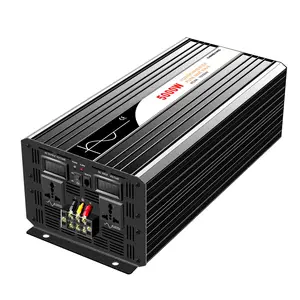
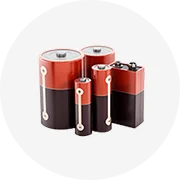
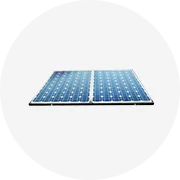
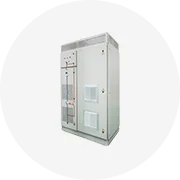
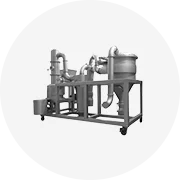
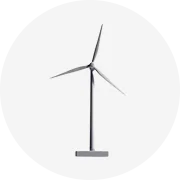
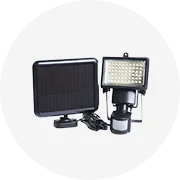
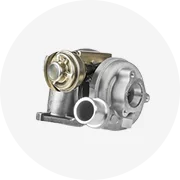
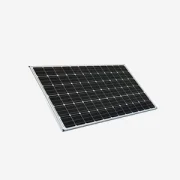








 浙公网安备 33010002000092号
浙公网安备 33010002000092号 浙B2-20120091-4
浙B2-20120091-4